20 things we learned from West Indies vs England: The problem of homophobia in cricket, the fans, and who is Mindoo Phillip?
Jonathan Liew recounts his experiences while following England in the Caribbean over the last month

Your support helps us to tell the story
From reproductive rights to climate change to Big Tech, The Independent is on the ground when the story is developing. Whether it's investigating the financials of Elon Musk's pro-Trump PAC or producing our latest documentary, 'The A Word', which shines a light on the American women fighting for reproductive rights, we know how important it is to parse out the facts from the messaging.
At such a critical moment in US history, we need reporters on the ground. Your donation allows us to keep sending journalists to speak to both sides of the story.
The Independent is trusted by Americans across the entire political spectrum. And unlike many other quality news outlets, we choose not to lock Americans out of our reporting and analysis with paywalls. We believe quality journalism should be available to everyone, paid for by those who can afford it.
Your support makes all the difference.1) The problem of homophobia in cricket didn’t begin with Shannon Gabriel, and it didn’t end with him either.
Let’s get this part out of the way first. It’s right that Gabriel has been banned for four matches for his comments to Joe Root during the third Test. It’s right that he’s admitted he was in the wrong. But spare us the pageantry and the triumphalism. Spare us the white knights of the (overwhelmingly) white media with space and airtime to fill, who suddenly seem extremely concerned about homophobia while happy to publish articles headlined “Please don’t pretend two dads is the new normal”.
Root did an enlightened and commendable thing when it would have been both easier and forgivable simply to ignore the comment and concentrate on his batting. It was nice of him, and hopefully some good comes of it. But let’s not go overboard. This wasn’t some seismic monument in the fight against homophobic prejudice. Root hasn’t just avenged the memories of Alan Turing and Justin Fashanu, as one particularly overwrought columnist suggested this week. If this is where we’re setting the bar for personal heroism, then we’re going to be overrun with heroes.
I wonder if there would have been quite the same cooing and gushing from the right-wing press had it been, say, Moeen Ali rebuking a white opponent. Deep down - and I’m fully aware plenty will disagree with this - I wonder if there’s a part of this story that excites certain ancient tropes about the progressive white man educating the backward black man. Yes, homosexuality is still shamefully illegal in many countries in the Caribbean. But let’s get off our moral high chair. Cricket’s record on homophobia across the board affords very few the luxury of pointing fingers.
It’s not two decades, after all, since an ill-tempered Test match in Antigua between Australia and the West Indies during which Glenn McGrath asked Ramnaresh Sarwan: “What does Brian Lara’s d--- taste like?” Nowadays, the exchange is best remembered for Sarwan’s incendiary reply - “ask your wife” - and almost not at all for McGrath’s initial slur, which was both crass and deeply homophobic.
English cricket, too, has a casual seam of homophobia running through it like the stitching on a Dukes ball. According to a Stonewall survey, one in six spectators have heard offensive comments about LGBT people. Graces Cricket Club, the world’s first LGBT club, still gets a torrent of homophobic comments on its Facebook page. Anybody who has played school or recreational men’s cricket will have heard something on the field akin to what Root may have done. And even after Ben Stokes was acquitted of affray last year, social media posts emerged from some years ago in which he casually scattered the adjective “gay” in a pejorative sense.
Cricket needs to do more. Everyone needs to do more. The ICC’s code of conduct mentions discrimination on the basis of “race, religion, gender, colour, descent, national or ethnic origin”, but not a word about sexual orientation. Certain newspapers still refer to LGBT rights by the sneering term “PC”. Will the Gabriel case impel a broad and proactive journey of education and reflection? Or was it just a nice, spicy news controversy to enliven the end of a dead rubber? We’ll find out, I suppose.
2) Joe Root is still growing as a captain.
Two years is a decent apprenticeship for any job, and it wasn’t just Root’s championing of LGBT rights that distinguished him during this series. He seems more assertive, more confident in his convictions, more accustomed to the unique rhythms and stresses of the captaincy. He’s learning to use the media to get out the message he wants. He’s developing a ruthless streak: hauling Jos Buttler unceremoniously out of the slips after he had dropped another chance in St Lucia. And his dropping of Stuart Broad in Barbados may have been misguided, but sent out a message that nobody is indispensable.
The big issue is how he’ll pick his battles. Ed Smith is clearly using the power vacuum created by the departure of Andrew Strauss and the imminent departure of Trevor Bayliss to angle for a bigger role in the hierarchy. Jonny Bairstow seems none too happy at being shunted up and down the order. And of course, none of this will really matter unless he does the one thing he was picked to do: score runs. Weight of runs and weight of victories salve all ills, and Root will hope that his 122 in St Lucia marks the next step in his development.
3) ‘Total cricket’: total b******s.
It was the tour when England realised that picking players in their specialist positions may not, ultimately, be a bad idea. So after the free jazz of Sri Lanka, and the first two debacles at Barbados and Antigua, England adopted a much more rigid structure, with openers at the top of the order, a No 3 at No 3, batsmen in their right positions and a wicket-keeper at No7. The West Indies, meanwhile, have long been urged to make rapprochements with their Twenty20 freelancers and reintegrate them into a team that they clearly don’t want to be a part of. But could any of them have played an innings like Darren Bravo’s rearguard in Antigua, or bowled with the relentless accuracy of Kemar Roach all series? It was a good series for the specialist.
4) West Indies cricket is on the way back.
The batting remains something of a concern, but there’s an optimism and a clarity of purpose around West Indies cricket that there hasn’t always been in the past. India, who are the next visitors later this year, will find it no picnic against the likes of Roach, Gabriel and the rest. Jason Holder wants this side to be No 1 in the world, and while they’ll need to start winning away to make that dream a reality, India should offer a decent measure of how far they have to go.

5) The batting collapse is part of England’s DNA, whether you like it or not.
It’s happened too many times now to be anything other than endemic. The number of times it’s happened, along with the number of different places and situations in which it’s happened, suggests the issue goes deeper than technique or even mentality. It’s hard-wired into the culture, a culture that urges batsmen (especially) to take responsibility for their own games, step out there and go be a hero. A little application might arrest them in the short term. But in the medium term, unless the norms of the team are significantly rewired, they’ll always have a collapse in them.
6) Ed Smith has created as many problems as he’s solved.
Widely praised for his first year job, this tour impels a more sober assessment of the national selector. The selection for Barbados - a team Smith had a strong hand in - was, however you want to spin it, a desperately poor misjudgment. It was unfair on Stuart Broad who was dropped (and none too happy about it), unfair on Sam Curran who was expected to take the new ball in a country where swing has rarely won matches, and unfair on Adil Rashid who floundered on a pitch not suited to him and may not be seen again for a while.
We also saw the culmination of decisions made earlier in his tenure. Bringing back Jos Buttler at No 7 and playing him as a specialist batsman earned him plaudits at the time but ended up unbalancing the middle order, a confusion England are still grappling with. It forced Jonny Bairstow up the order, into a wandering wilderness from which he is only now emerging with his return to No 7. It hampered England’s preference for six bowlers. Buttler’s promotion to No 5 - a decision made after Smith had flown back to England - makes eminent sense.
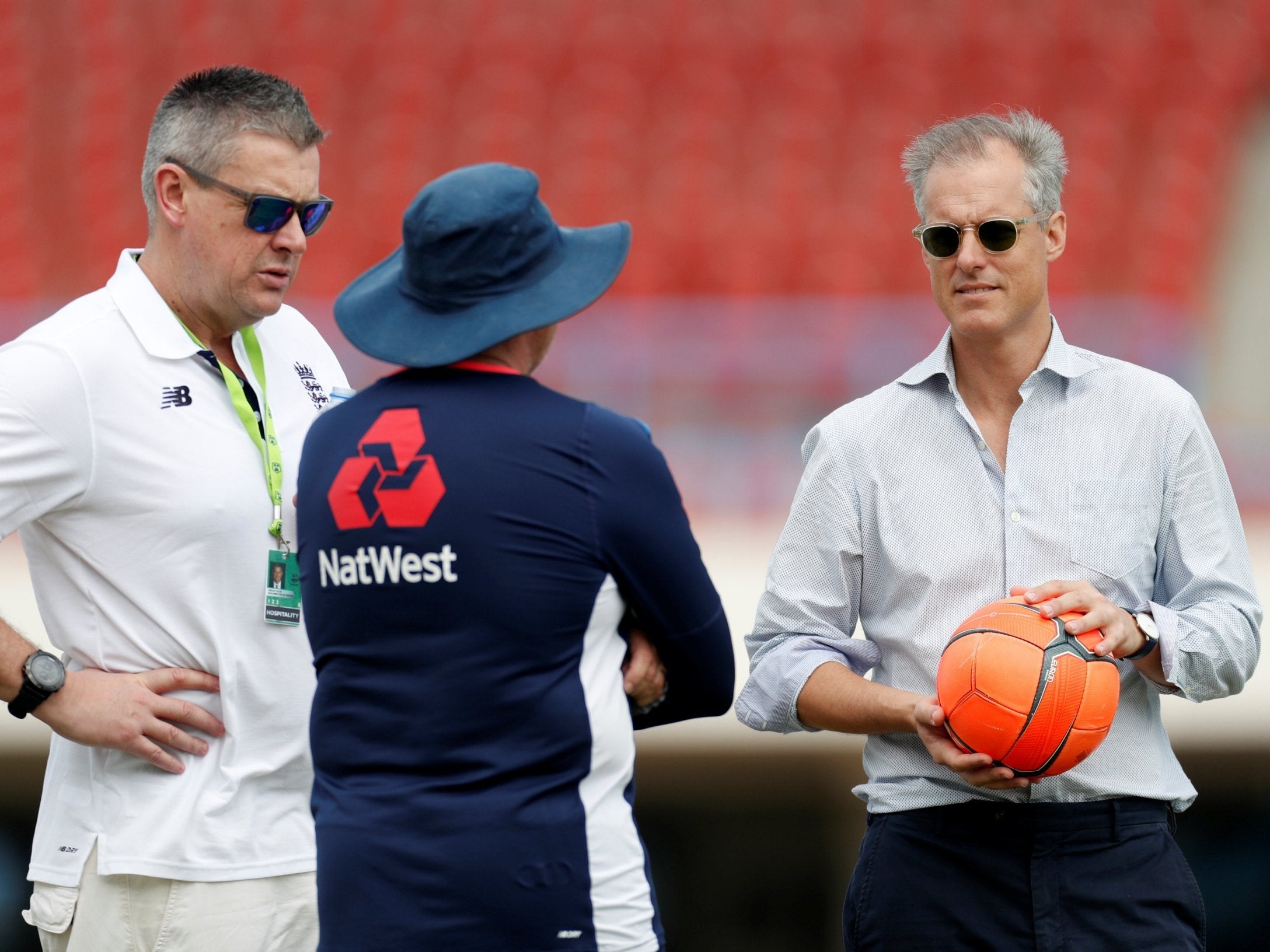
7) Kemar Roach is a desperately underrated bowler.
You don’t tend to hear about him in the conversation about the world’s current best fast bowlers, but since his return to the Test side in mid-2017 he averages 21 with the ball, which puts him in the top five pacemen in the world, behind Kagiso Rabada, Vernon Philander, Mohammad Abbas and his captain Jason Holder (minimum 10 Tests). It’s better, you will notice, than James Anderson has managed. Almost as impressive as his 18 wickets has been his control: cutting off scoring options, inducing mistakes. In a golden era for Test fast bowling, Roach is near the forefront.
8) Roston Chase: come on, you thought he was pants as well.
We all had a good chuckle when Chase, a part-time off-spinner, took 8-60 at Barbados, an analysis surpassing anything Malcolm Marshall or Michael Holding ever achieved. But if that was the style, then his century in a lost cause at St Lucia was the substance. Aggressive but not reckless, repelling an England attack with their tails up scenting victory: this was an innings of real character, and his fifth Test century in 29 Tests, which is a far better record than most of England’s batsmen, was just reward.
9) Mindoo Phillip is the greatest West Indian cricketer you’ve never heard of.
Francis ‘Mindoo’ Phillip was born in 1929 in Castries, St Lucia, and died in 2006 in the same town. There’s a good reason you’ve never heard of him. He never played for the West Indies, indeed never played a first-class match. Cricinfo has no record of him. We don’t know how many matches he played or what his highest score was, because virtually no records of his cricketing career have survived. In 1954-55 he played for the Windward Islands against the touring Australians, in which he made 35 before being caught by Alan Davidson off Bill Johnston. It is only scorecard from one of his matches in circulation.
But ask around in St Lucia, and they’ll tell you all about him. Phillip wasn’t just the greatest cricketer the country has ever produced. He was the greatest all-round athlete, representing the country at football too before retiring to curate the square at the ground that now bears his name. And in his 1940s and 1950s heyday, they’ll tell you, he was dynamite. In front of huge crowds that would gather just to watch him bat, he would blithely destroy all kinds of bowling, take stunning catches in the field, hit the ball unseemly distances.
So why did he never play for the West Indies? Simply put, because his face didn’t fit. The West Indies side of the time was still heavily influenced by class and patronage, still centred around the major centres of Jamaica, Barbados and Trinidad, and St Lucia barely featured on the radar; much less a poor kid who spoke French Creole and had the reputation of an uncouth slugger.
Once, in around 1955, Phillip was invited to a trial for the West Indies Test team. Locals clubbed together to fund the trip. But painfully shy and ashamed of his poor English and basic level of education, he never made the trip. He couldn’t face it. And hearing about this story makes you wonder about the other talents that cricket never got to know for reasons of politics or geography or simply misfortune. At least on St Lucia, Phillip now has his due, with the prime minister Allen Chastanet unveiling a monument in his honour on Saturday.
10) James Anderson and Stuart Broad may have played their last overseas Test together.
And talking of legends, we come to Anderson and Broad, who didn’t quite mesh together as well as they have done in the past. Anderson bowled exceptionally at either end of the series, and competently enough the rest of the time. Broad approached the Antigua Test like a man mortally slighted after being dropped in Barbados, but suffered a litany of dropped catches and averaged just 31 in the series. But there was still something deeply poignant about seeing them both charging in from opposite ends, just as they have been doing for the last decade. Cherish the sight, because they’re both much nearer the end than the beginning.
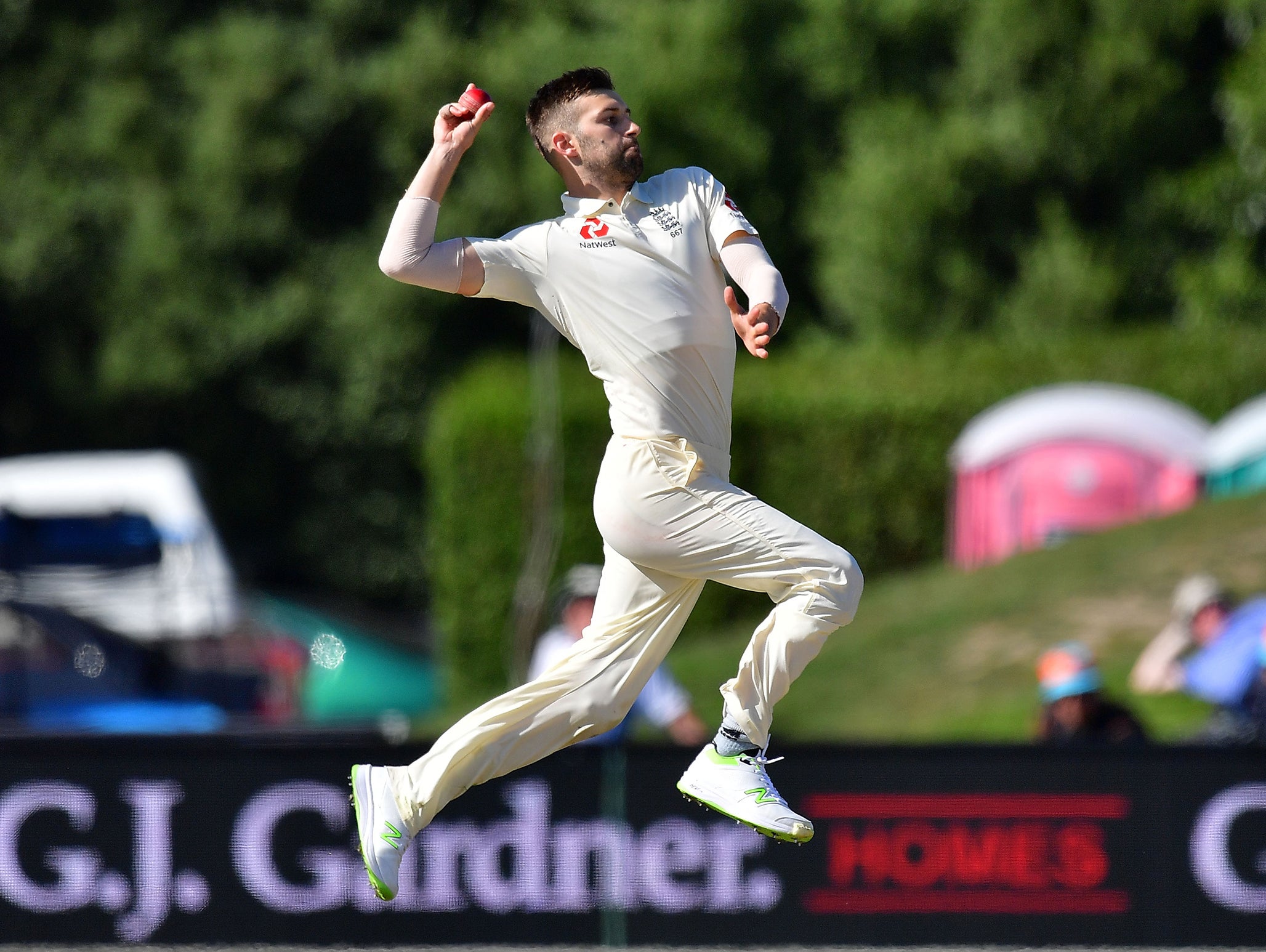
11) Mark Wood needs care.
His five wickets in St Lucia were a stirring and heartwarming return after years of injury and indifferent form, and in a country not exactly replete with 92mph fast bowlers, the temptation will be to keep flinging Wood at opposition batsmen until his body breaks down again. It’s a temptation that should be resisted at all costs. Root bowled him for eight overs in a row in the West Indies first innings, albeit either side of tea, but the best use of him is surely in lightning three or four-over bursts, at full pelt. England have a polished gem on their hands. It would be very England for them to squander it.
12) The jury remains out on Shai Hope.
Those unforgettable twin centuries at Headingley remain, remarkably, his only two centuries in Test cricket. Hope’s stature within a young team seems to have grown in the last couple of years, but his returns haven’t grown accordingly. He still averages just 28 in Tests, and after a promising start to this series at No 3, never quite made the score of substance that his talent demands, with a worrying tendency to lapse in concentration when well set. He’s 25 and has played 29 Tests, which qualifies him as a senior player. The Windies need more from him.
13) If Sam Curran wants a sustained international career, he needs to start working on his batting.
Two steps backward for England’s wunderkind of 2018, which may be a touch harsh on a 20-year-old still making his way in the game, but Curran’s youthful malleability is perhaps his greatest asset right now. The accepted wisdom on Curran is that he’s a better batsman than a bowler, except he hasn’t really shown it so far. The thrilling lower-order cameos are all well and good, but with Ben Stokes, Jonny Bairstow and Moeen Ali at Nos 6-8 for the foreseeable future, he needs to set his sights on challenging them. A maiden first-class century when he returns from IPL duty would be a good start.
14) You can buy Tesco own brand chicken korma sauce in Barbadian supermarkets. It costs £4.50 a bottle.
In fact, at some supermarkets you can buy pretty much the entire Tesco own-brand range: curry sauce, olive oil, biscuits, dog food. It’s exactly the same stuff you can get at either end of your street, with one big difference: an enormous mark-up that, one imagines, puts it out of the reach of all but the affluent and the tourist crowd. Of course, on an island nation freight costs are always going to be a burden, but still: how on earth are we managing to flog bog-standard groceries to the world’s poor at an eye-watering price? Capitalism really has an evil genius to it at times.
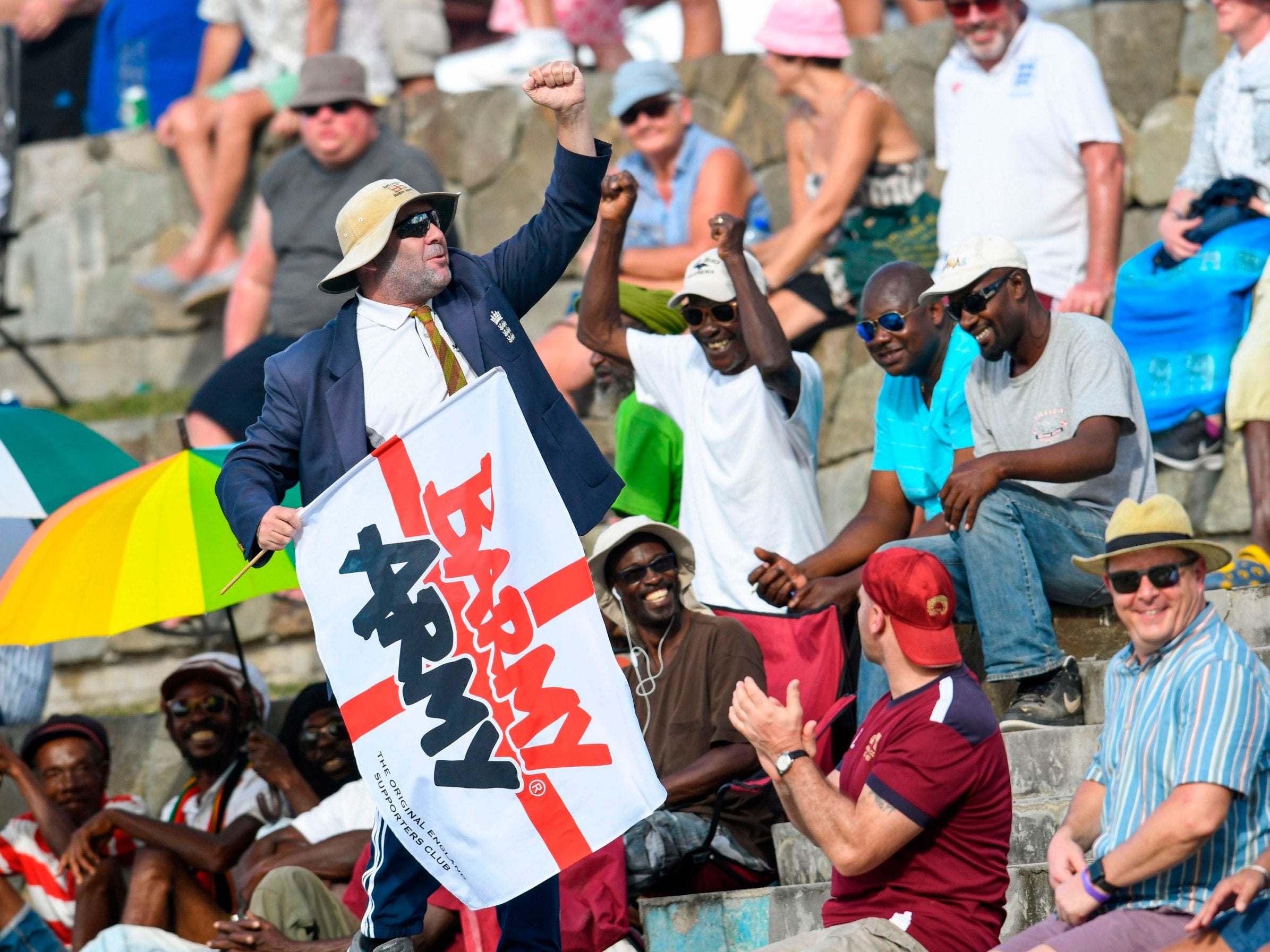
15) England fans abroad are still an embarrassment.
There’s a time and a place for ‘Rule Britannia’, and it’s on the deck of a Navy frigate sailing through the Strait of Gibraltar in about 1804. Not in 2019, at a Caribbean cricket ground, in a country where the lyric “Britons never, never shall be slaves” is at best historically insensitive and at worst abominably tone-deaf. But then, local niceties have never been the strong suit of England's travelling support, who arrive early to plant their red and white flags bearing the names of towns far inferior to the ones they’re visiting, sing boring songs about “letting Jonny Bairstow shag my wife”, and convince themselves that the ordeal of flying around the world on holiday to watch cricket is some great act of national service. And for a hedonistic, fun-loving bunch, they do seem to get incredibly testy when someone punctures their bubble of immaculate self-regard. This probably won’t help.
16) Jason Holder can be one of the great West Indies captains.
It seems faintly ridiculous to recall now that four years ago, when Holder has handed the Test captaincy, he was regarded not merely as a dissatisfactory stop-gap option who could barely hold a place in the side, but as a symbol of just how deeply the West Indies had descended into mediocrity. Four years on, results are going in the right direction, a team frequently riven by politics has rarely seemed so united, and Holder himself has breached new frontiers as a bowler and batsman.
His maiden Test double-century was a marvellous moment, a feat of two parts skill to one part will, an unshakeable sense that the series was there to be seized and he would be the one to seize it. As a leader, he’s calm and wise, honest and respectful, and above all leads by example. He’s still only 27. If he can keep this going, stay fit, and get the over rates up a tad, he’ll be one of the greats.
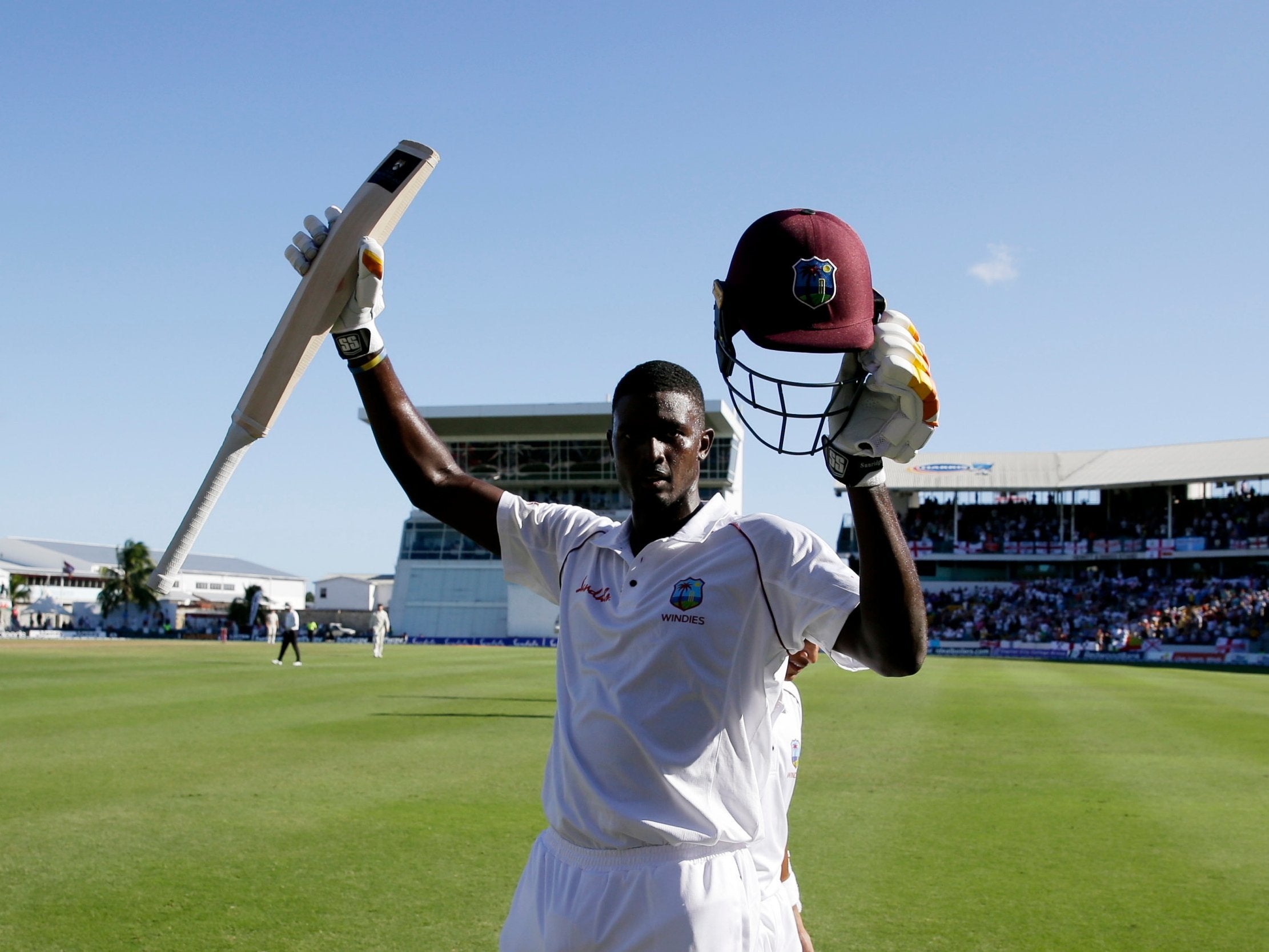
17) County cricket groundsmen can learn something from their counterparts in the Caribbean.
And it’s been a while since anyone’s been able to say that. For years, Caribbean pitches were a low, slow disgrace. Under Cricket West Indies chief executive Johnny Grave, that’s beginning to change. Kent Crafton, the head groundsman at the Darren Sammy Stadium, perhaps the best pitch in the Caribbean, has been despatched around the region to share his wisdom on how to create competitive, lively surfaces. All of a sudden, tracks are beginning to recover some of the pace and the vigour of old. As English cricket undergoes its own period of introspection, with county surfaces being blamed for everything from poor batting techniques to a lack of quality spinners, the West Indies model illustrates that often, the biggest obstacle to good cricket wickets isn’t scheduling, politics or climate. It’s ambition.
18) Yes, Jonny Bairstow does seem to get bowled a lot. No, it probably doesn’t matter.
Thirty times in 63 Tests, in fact, which does seem a bit high. Partly it’s one of those problems that only becomes a problem when people start talking about it becoming a problem, but there’s little doubt that Bairstow’s technique leaves him particularly susceptible to getting bowled. Like many wicket-keepers who don’t have big strides, he doesn’t tend to get across his stumps, preferring to stay leg-side of the ball, looking for the big drive through cover or the carve through point. The other element is that in order to generate a freer bat swing, he often fails to move his front foot, trusting his eye and his power to get the ball away. When it works, it really works. When it doesn’t, you will tend to get bowled a lot.
The real issue here, though, isn’t how Bairstow is getting out. It’s that he’s getting out too often. His frenetic half-century in Antigua was a classic case: a free-swinging, low-percentage innings that was bound to come to a sticky end sooner or later. A suitable innings for a Test No 3 on a tricky surface? Well, he scored more runs than most, so perhaps it was. And besides, go all the way up the list of Test batsman who got bowled most often and on 55, you’ll find an unlikely name: Rahul Dravid. Yes, the man they called The Wall. Maybe this is one of those statistics that doesn’t really tell us anything at all.
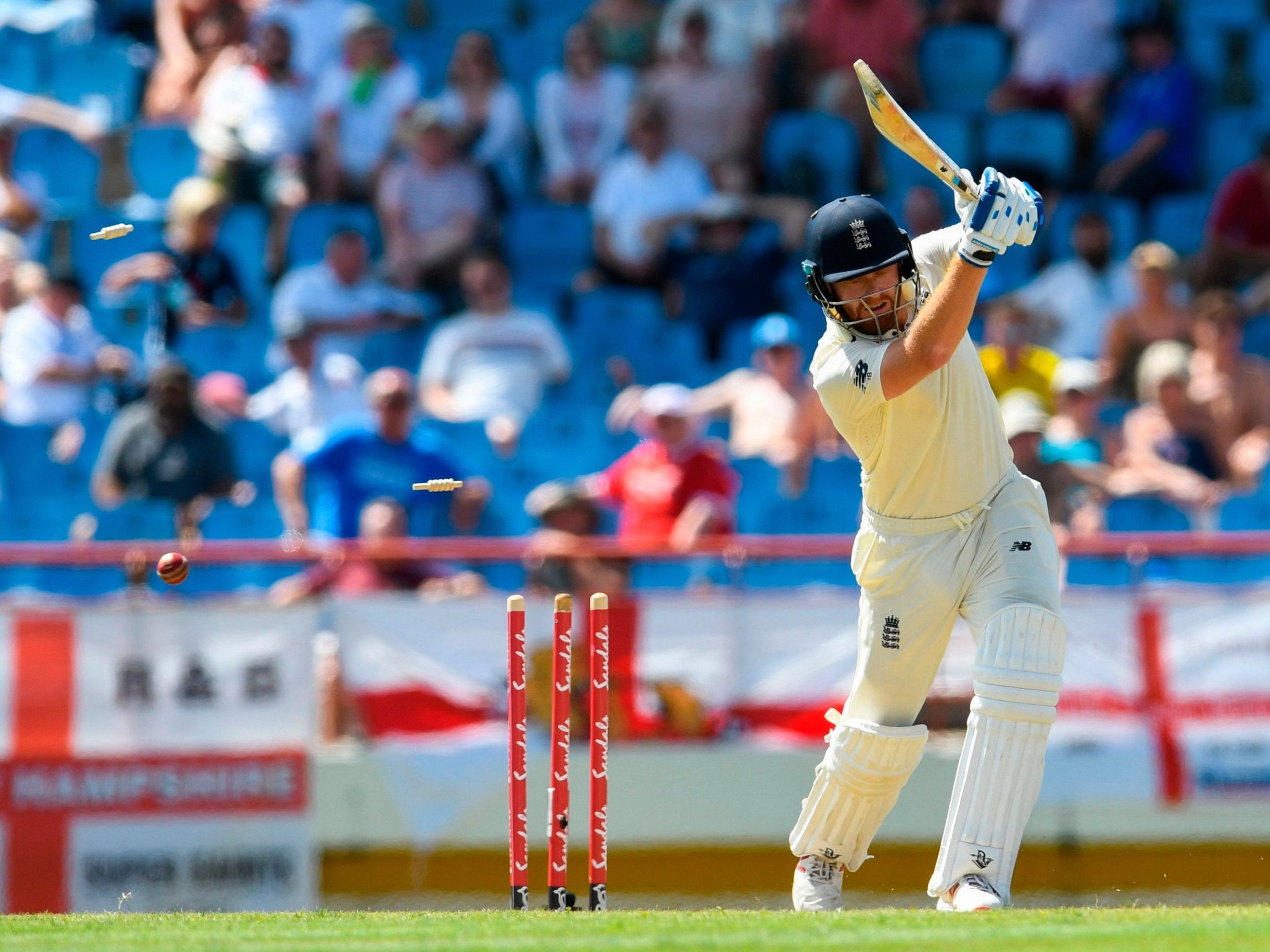
19) Cricket’s decline in the Caribbean is both real and exaggerated.
The sparse local crowds told their own story. Cricket - or at least, Test cricket - no longer has the same iron grip on the Caribbean that it used to. Its core audience, as in many countries, is rapidly aging. I saw the odd recreational cricket game on my travels, but they were outnumbered at least ten to one by football games, whether it was young kids on a little patch of dust, or a more formal game on a pitch that invariably was built as a cricket field.
But a lot of the time, I think we see what we want to. People are busier these days, and the global reach of football is becoming harder and harder to resist. But the anecdotal evidence is that cricket still commands an audience in these parts. You’ll still hear it being discussed by men in rum bars, or leaking out of a gas station radio. You’ll still see it on the front and back pages of the newspapers. And most importantly of all, you still see a steady stream of talented young cricketers who want to charge in and bowl like Roach or bat like Shimron Hetmyer. All they need is a winning team to follow, and they’ve now got exactly that.
20) The Caribbean remains one of the best places in the world to watch cricket.
It’s a shame Trinidad, Jamaica or Guyana don’t seem to feature on England touring itineraries any more. These days, scheduling decisions are driven not by cricketing or emblematic factors, but by the irresistible clarion call of tourist dollars. Which is how we’ve ended up in St Lucia, where cricket is miles behind football as the most popular sport and which has produced just three international cricketers, of whom one (Darren Sammy) has the stadium named after him, one (Johnson Charles) has a stand named after him, and one (Garey Mathurin) presumably feels a little bit left out.

But naturally, there’s still plenty to love. The Kensington Oval is steeped in history to its very joists, from the legendary names that adorn the stands to the fast bowlers who still pound the turf today. The Darren Sammy is a wonderfully picturesque ground, buried in gorgeous green hills that give the feel of a cricket game being played on the edge of the world. Antigua’s Vivian Richards Stadium may be miles out of town and not a patch on the charming old Rec it replaced, but the stone steps and grassy banks offer a very agreeable vista when the sun shines, which obviously it always does.
And in any case, it’s not steel girders that make a stadium, it’s people. Even when they’re full of fat English holidaymakers, Caribbean grounds rattle and hum like nowhere else on earth: from the smell of jerk chicken from the open barbecues, to the short pulses of party music from the local DJ, to the bulging-eyed, off-your-seat roar of approval that a West Indian cricket fan makes when one of their batsman plays a good shot. It is, in short, one of the very finest places on earth to watch a Test match. England next visit in 2022. Plenty of time to save up.
Join our commenting forum
Join thought-provoking conversations, follow other Independent readers and see their replies
Comments